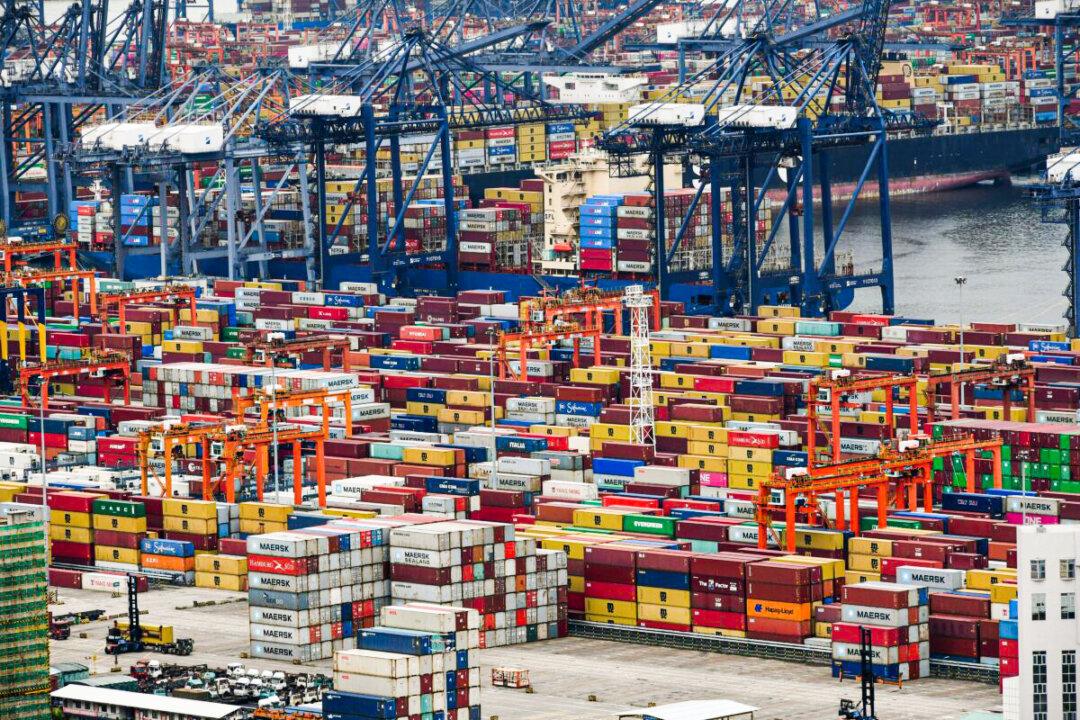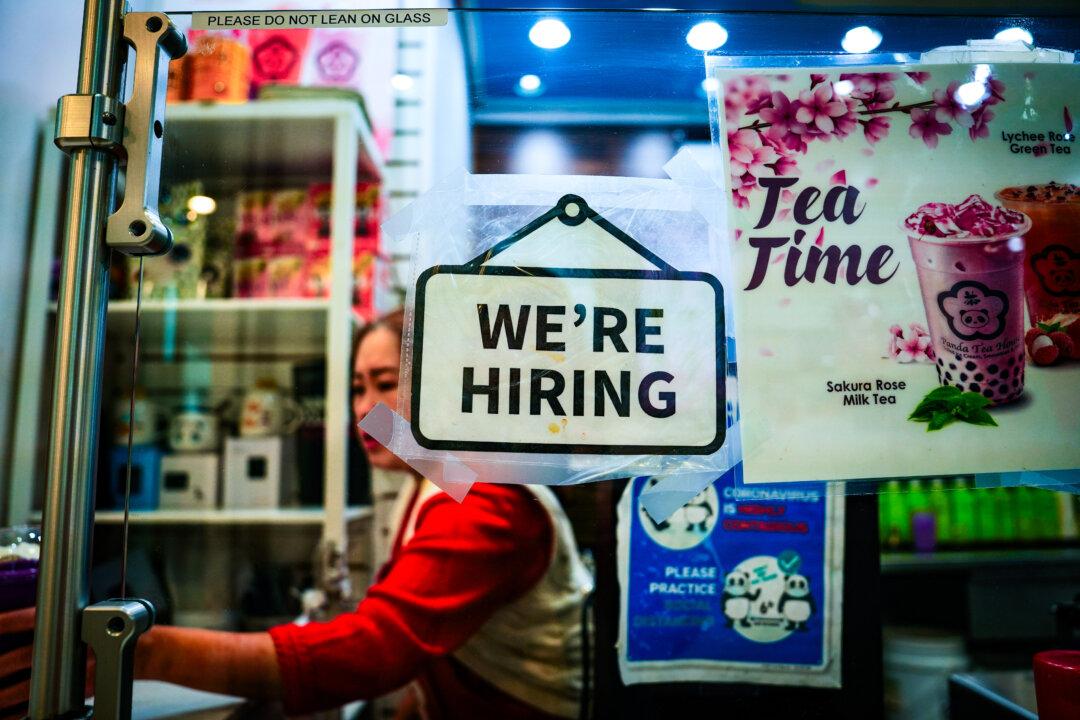As part of China’s zero-COVID strategy, seafaring crews are required to face as much as a seven-week quarantine upon returning to China, international shipping giants have confirmed.
In addition, vessels that have refreshed their crew elsewhere are prohibited from porting in China for two weeks.





